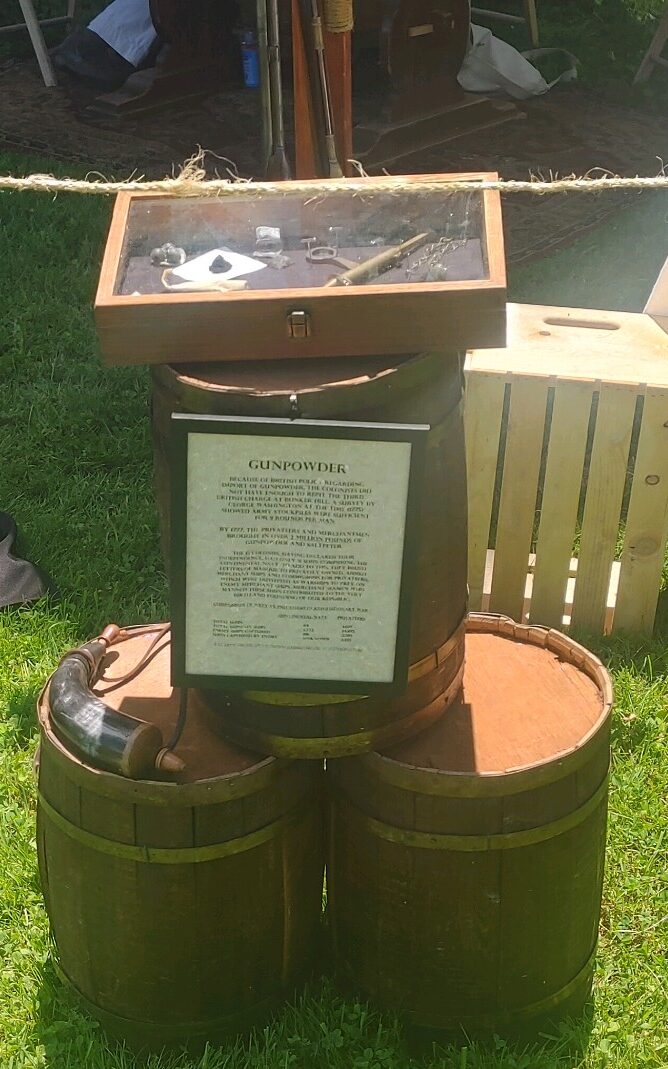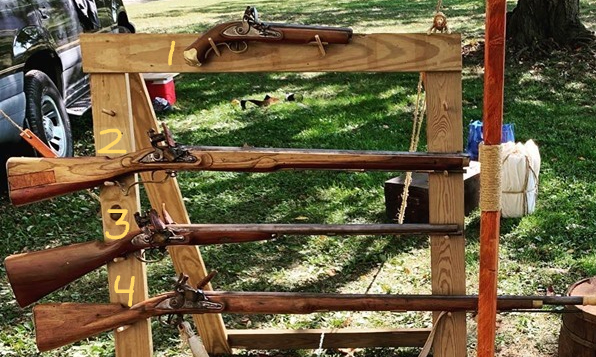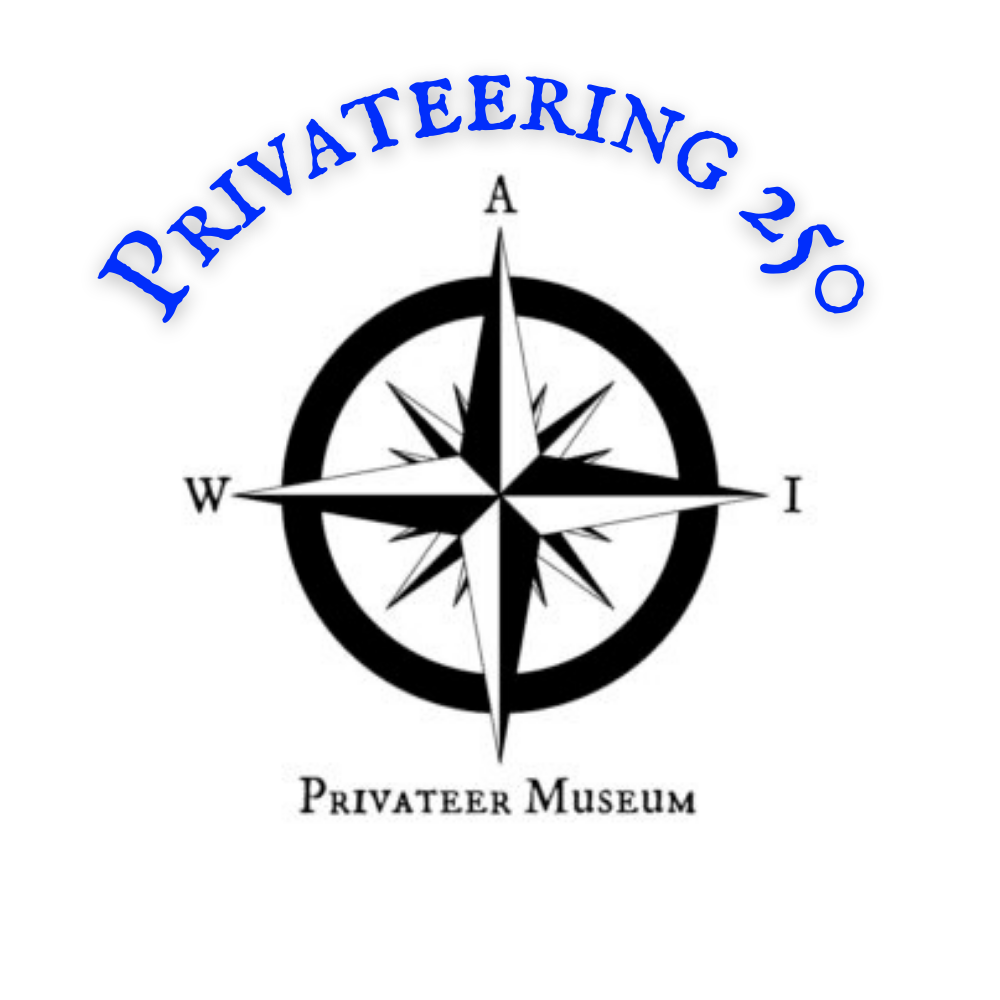

Gunpowder may have been invented by the Chinese, but it helped change the face of nations. Now it is used in celebration and teaching history while making quite a decorative impression. However, during the 1770s in the colonies, it was difficult to get. After the Boston Tea Party King George III declared us in open rebellion which set off the Intolerable Acts and from that spawned the Gunpowder Affair in which gunpowder was removed from a Virginia storehouse to Royal Naval Ships to be controlled in an attempt to keep the peace based on Royal Governors over the colonies. Ultimately it led to our independence but not after an embargo of imports of things like Gunpowder and weapons, which opened up the road to privateering.
Gunpowder was stored aboard vessels in barrels or kegs. They had either wooden or brass bands to prevent sparks from happening should they connect together as bands were traditionally made from iron and could make a spark when banged around aboard ship if not secured properly.
Fun fact. Young boys were hired on as a part of the crew called “Powder Monkeys” and they were responsible for bringing powder cartridges to the gun crews. Often they would stay on and learn the trade of being a part of a gun crew, as well as learning general sailing knowledge.

Flintlock weapons are known as such because they are equipped with a flint which is the primary source of ignition of the gunpowder. How they work is simple.
The hammer has jaws that clamp down on the flint. The flint strikes against a piece of steel called a ‘Striker’ or ‘Frizzsen’, producing a spark that rains down into the pan as it pushes open, exposing gunpowder. The powder ignites and sends the ignition through a small hole in the barrel next to the pan called a touch hole thus igniting the powder inside the barrel and pushing against the patch and ball creating pressure. That pressure creates the explosive force pushing the ball out of the barrel at around 800 feet per second.
During their time, privateers obtained weapons of various types. Since they were civilians and not part of the military, there was no standardization in the weapons they used. However, it was typical for them to try and equip their crews with small arms of a similar caliber to make it easier to share ammunition.
The museum’s collection of weapons showcases the diverse range of flintlock types used throughout the years.
1. 1775 British sea service pattern Officer’s Pistol (Captain’s)
2. Jager rifle
3. Double Fouler
4. Brown Bess (Personally Owned Weapon)

The video to the left is from a demonstration we conducted at the Morgan Log House in May 2019. Some of the weapons from the picture above were used during the demonstration.
During all our demonstrations, we strictly adhere to safety regulations. We ensure that the crowd is kept at a minimum distance of 10 feet and no spectators are allowed to touch or handle the weapons at any of our appearances.
We do adhere to strict safety regulations during all of our demonstrations and the crowds are all kept at a minimum of 10 feet away and no spectators are allowed to touch or handle the weapons at any of our appearances.
